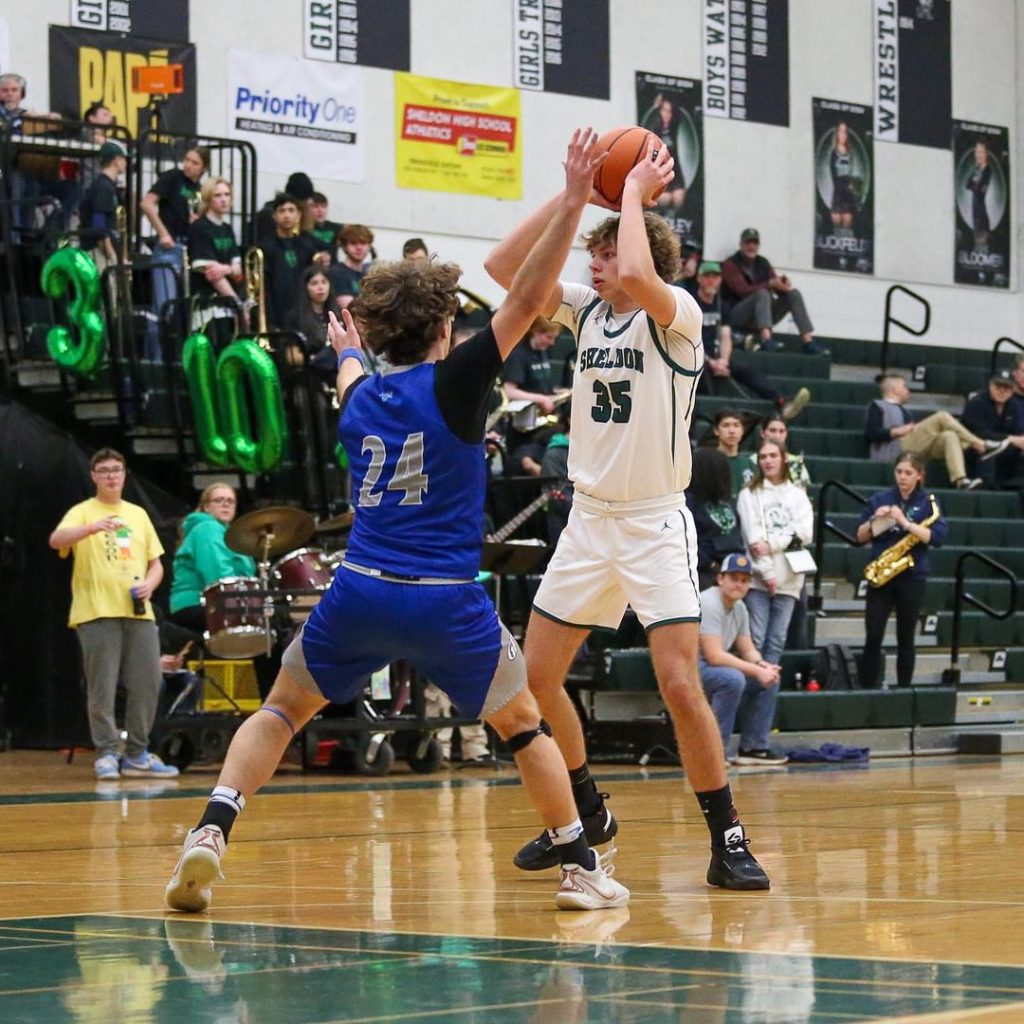Menu
Main Clinic: Heritage Courtyard • 54 Oakway Center • Eugene, OR 97401 • 541-687-7005
Downtown Satellite:1410 Oak Street, Suite 100 • Eugene, OR 97401 • 541-345-2064
Two Locations to Serve You: CLICK HERE FOR MAP TO CLINIC
Main Clinic: Heritage Courtyard • 54 Oakway Center • Eugene, OR 97401 • 541-687-7005
Downtown Satellite:1410 Oak Street, Suite 100 • Eugene, OR 97401 • 541-345-2064
Two Locations to Serve You: CLICK HERE FOR MAP TO CLINIC

Kudo’s goes to Ty Read who recently had a full recovery!!
The profession of sports medicine has undergone great change in the last 30 years. Simply defined, sports medicine is the art of returning an athlete to their sport following injury. We have unique expertise in this area.
“One of the most important decisions we make as sports {clinicians} is when to let a patient get back into practice and competition after an injury or illness. If too soon, the patient can get hurt again—maybe worse. If too late—like ‘take a few month off and then come back and see me’ – we are not really fulfilling our job requirements.”
— Richard H. Strauss, MD; Former Editor-in-Chief, Physician & Sports Medicine
Treating athletes over 3 decades of every caliber, from juniors, high school, amateur, college, professional, and the Olympian gives our staff a unique perspective on what does “World Class Sports Medicine” really mean?
DYNAMIC PROPRIOCEPTION:
We specialize in assessing and treating proprioceptive deficits. The Dynamic Proprioception Approach © was originated by Jeff Giulietti and has started to be taught to PT’s and ATC’s in 2003
1. Prentice WE. Arnheim’s Principles of Athletic Training: A Competency-Based Approach 11 ed
McGraw-Hill, Boston, MA 2003 page 12
You will need Adobe Acrobat to read all the PDF files and Forms on this site.
To get Adobe Acrobat if you do not already have it, click the link below.
Home | Copyright © 2024 Eugene Physical Therapy. All rights reserved.